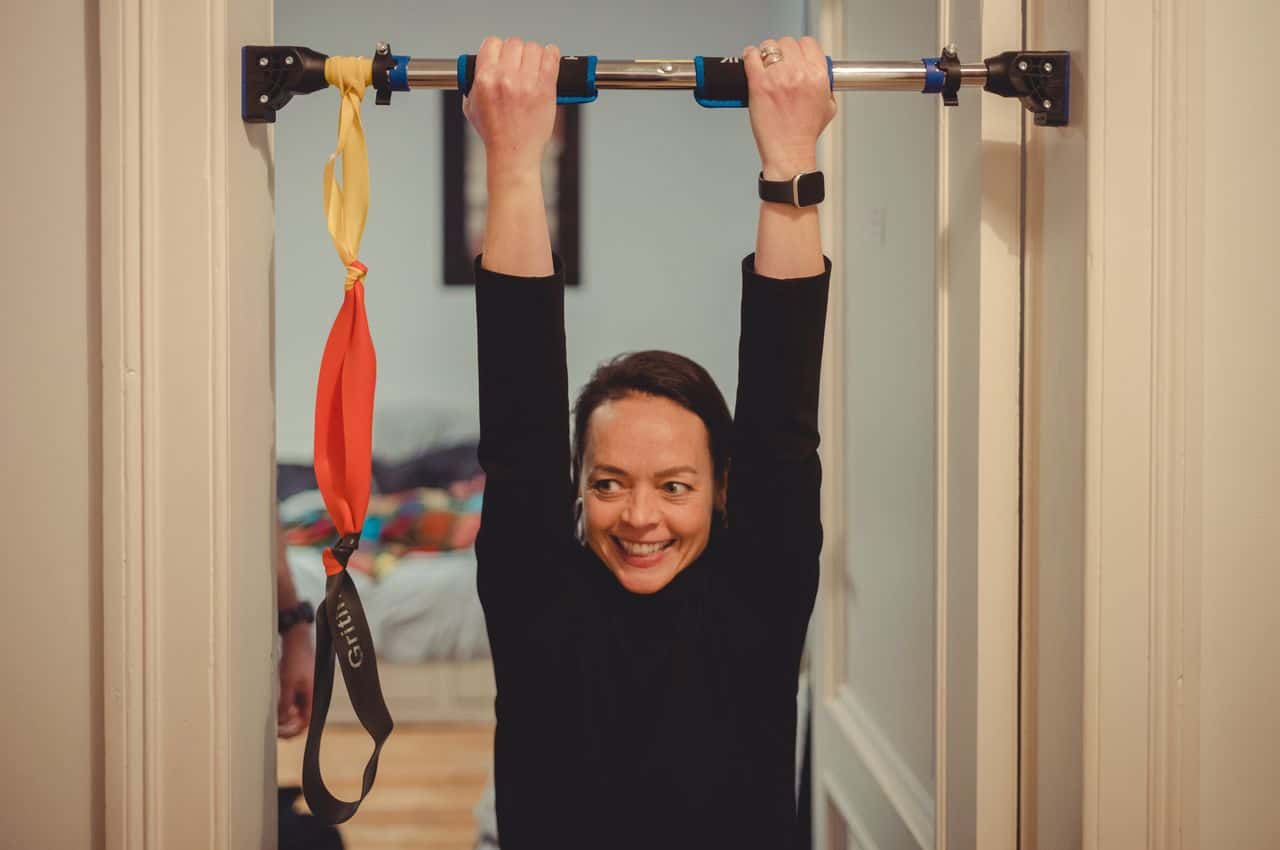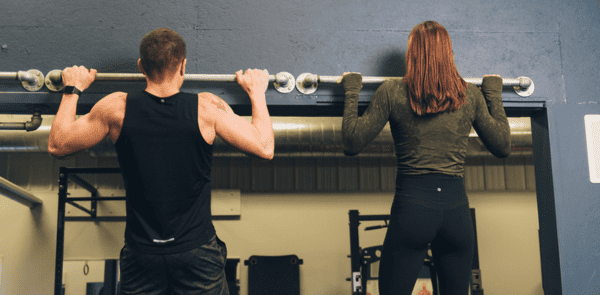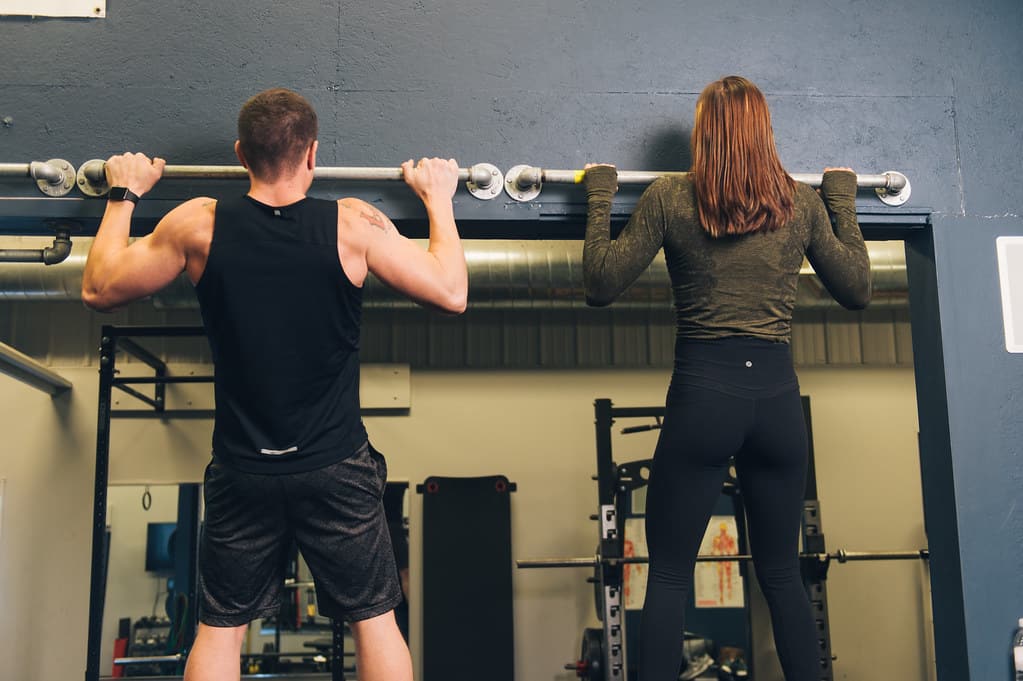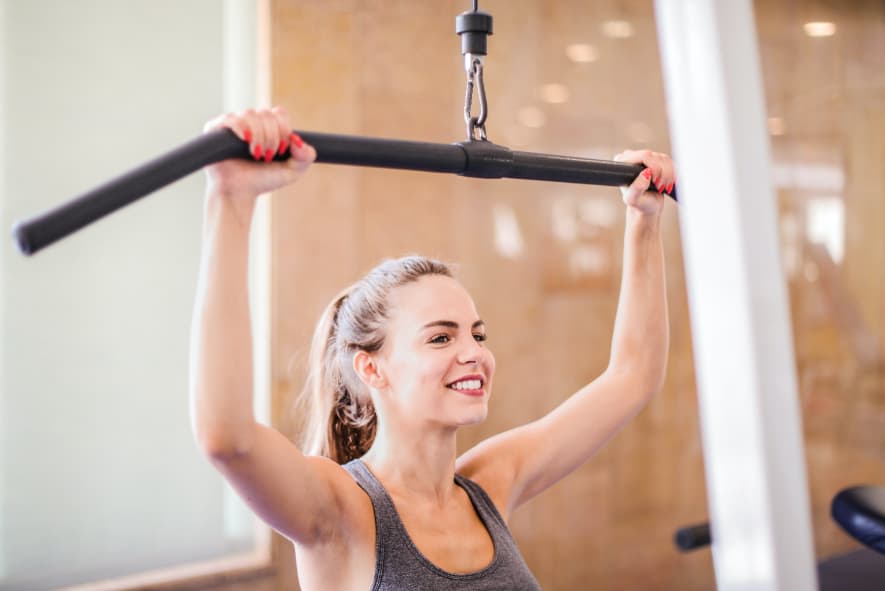Getting the hang of pull-ups is important for getting stronger and fitter. And knowing how to hold onto the bar and doing the exercise the right way can really make a big difference.
In this guide, we’re going to break down the basics of how to grip the pull up bar properly. Stick with us for a step-by-step on how to do pull-ups perfectly and some cool tips to make the workout even better.
Understanding the Basics
When you grip a wall mounted pull up bar, there are a few important things to keep in mind. First off, your hands are the main players here. They’re the ones holding onto the bar, so you want to make sure they’re in a good position.
Your fingers should wrap around the bar. Meanwhile, your palms can face towards you (underhand grip) or away from you (overhand grip). Alternatively, they can be facing each other (neutral grip).
Now, let’s talk about why these grips matter. The way you grip the bar can change which muscles you work the most during a pull-up. For instance, an overhand grip puts more focus on your back muscles. Meanwhile, an underhand grip targets your biceps more. There goes the neutral grip, which is kind of a mix of both.
Choosing the right grip depends on what you want to achieve with your pull-ups. If you’re aiming to strengthen your back, an overhand grip might be best. But if you’re looking to build up those biceps, an underhand grip could be the way to go. Think about your goals and pick the grip that suits you best.
Proper Grip Technique
Here’s a simple guide to gripping the home pull up bar correctly:
Hand placement
Stand below the pull-up bar and reach up with your arms fully extended. Your hands should be slightly wider than shoulder-width apart. Make sure your grip is comfortable but secure.
Finger positioning
Wrap your fingers around the bar, making sure to grip it firmly. Your thumbs can either wrap around the bar alongside your fingers or be placed on top of them for extra support. Find a position that feels strong and stable for you.
Grip strength
Engage your grip muscles by squeezing the bar tightly. Imagine trying to crush the bar between your hands (but don’t actually try to crush it!). This will help you maintain a solid grip throughout your pull-up.
Body position
Hang from the bar with your arms fully extended and your shoulders relaxed. Your body should form a straight line from your head to your heels. Keep your core engaged to maintain stability.
Practice
Spend some time hanging from the bar and getting comfortable with your grip. Practice gripping the bar with different hand positions (overhand, underhand, neutral). With this technique, you can build strength and versatility over time.
Remember, the key to a good grip is finding what works best for you. Try holding the bar in various ways until you find the one that feels best for you. Keep practising, and eventually, you’ll get the strength you need to nail those pull-ups!
Common Mistakes to Avoid
 (Image Credit: Dries Buytaert)
(Image Credit: Dries Buytaert)
Making mistakes in how you hold the bar and do pull-ups can make them harder and may even hurt you. Gripping the bar too tightly can strain your hands and wrists. Also, holding the bar too wide or narrow can mess up your balance and strength. So, it’s important to find the right grip and hand placement to do pull-ups safely and effectively.
Doing pull-ups the wrong way can hurt you. For instance, swinging your body too much or bending your back too far can strain your muscles and joints. Always remember not to tighten your core muscles properly to avoid lower back pain.
Consider holding the bar firmly, but stay relaxed. Your hands should be a bit wider than your shoulders. Keep your body straight, and don’t swing or jerk. Use your core muscles to keep yourself steady and protect your back.
Proper form is key to preventing injury and maximising the benefits of pull-ups. If you’re experiencing discomfort or pain, take a break and reassess your form. Gradually increase the intensity of your workouts as your strength and technique improve.
Round-up
Now that you know how to grip the bar and do pull-ups right, it’s time to start practising. Find your best grip, keep good form, and stay safe. With practice, you’ll get stronger and better at pull-ups. So, keep it up and enjoy getting better!
For a top-notch home workout setup, explore our selection of physio gym equipment. Enhance your fitness space with premium training weights. Discover more at Physioroom.
Up next on your reading list: How to Install a Pull Up Bar at Home



 (
( (
(